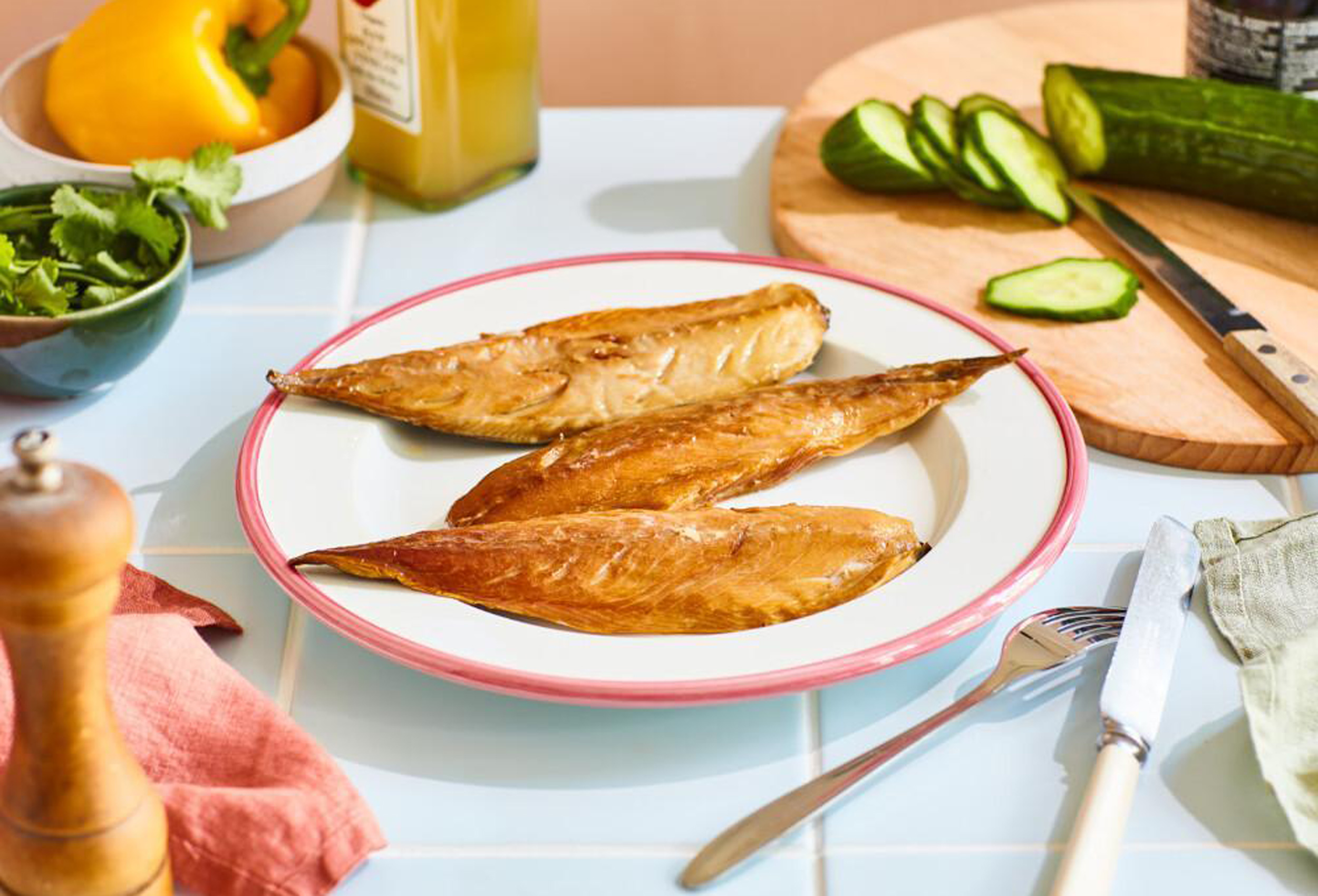Mackerel fillets have quietly become one of the most sought-after options for health-conscious cooks and seafood enthusiasts alike. This oily fish offers exceptional nutritional value while remaining surprisingly affordable compared to other premium seafood choices. Whether you’re looking to boost your omega-3 intake or simply want to explore new flavours in your kitchen, mackerel fillet provides an accessible entry point into cooking with nutrient-dense fish.
The growing popularity of mackerel stems from both its impressive health credentials and remarkable versatility in the kitchen. Unlike many fish that require careful handling to avoid overcooking, mackerel’s natural oils make it forgiving for home cooks while delivering rich, satisfying flavours that pair well with bold seasonings and simple preparations alike.
Nutritional Powerhouse on Your Plate
Mackerel fillets stand out as one of the most nutritionally dense fish you can include in your diet. A 100-gram serving provides approximately 18 grams of high-quality protein along with substantial amounts of omega-3 fatty acids, which support heart health and brain function. The fish contains particularly high levels of EPA and DHA, the specific omega-3s that your body struggles to produce naturally.
Beyond omega-3s, mackerel delivers significant amounts of vitamin D, with a single serving providing nearly your entire daily requirement. This becomes especially valuable during the winter months when natural vitamin D synthesis decreases. The fish also contains substantial levels of vitamin B12, selenium, and phosphorus, supporting everything from energy metabolism to bone health.
Research published in the American Journal of Clinical Nutrition suggests that regular consumption of oily fish like mackerel may reduce inflammation markers and support cardiovascular health. The selenium content acts as a powerful antioxidant, while the vitamin B12 supports nervous system function and red blood cell formation.
Simple Cooking Methods That Work
Pan-frying remains the most straightforward method for preparing mackerel fillets. Heat a tablespoon of oil in a heavy-bottomed pan over medium-high heat, season the fillets with salt and pepper, then cook skin-side down for 3-4 minutes until the skin crisps. Flip carefully and cook for another 2-3 minutes until the flesh flakes easily.
Grilling brings out mackerel’s natural smokiness while keeping the preparation minimal. Brush fillets lightly with olive oil and season generously. Grill over medium heat for 4-5 minutes per side, being careful not to overcook as the fish can become dry quickly.
Baking offers the most hands-off approach and works particularly well for thicker fillets. Preheat your oven to 200°C, place seasoned fillets on a lined baking tray, and cook for 12-15 minutes depending on thickness. The gentle heat prevents the fish from drying out while allowing seasonings to penetrate the flesh.
Two Recipes Worth Trying
Mediterranean Mackerel with Lemon and Herbs combines 4 mackerel fillets with olive oil, lemon juice, chopped parsley, and oregano. Marinate the fillets for 15 minutes, then pan-fry as described above. Serve with roasted vegetables and a simple salad for a complete meal that takes less than 30 minutes from start to finish.
Asian-Inspired Mackerel uses soy sauce, ginger, garlic, and a touch of sesame oil to create bold flavours that complement the fish’s richness. Mix 2 tablespoons soy sauce with 1 teaspoon grated ginger and 1 clove minced garlic. Marinate fillets for 20 minutes before grilling. Serve over steamed rice with stir-fried vegetables for a satisfying dinner that showcases how well mackerel absorbs strong flavours.
Making Mackerel Part of Your Regular Rotation
Mackerel fillets offer an exceptional combination of nutritional benefits, culinary versatility, and affordability that few other proteins can match. The fish’s natural oils mean you don’t need elaborate sauces or complicated techniques to create satisfying meals.
Start with simple preparations to become comfortable with mackerel’s distinctive flavour profile, then experiment with bolder seasonings and cooking methods. The investment in learning to cook this nutritious fish pays dividends in both health benefits and expanded culinary skills that will serve you well in the kitchen.

